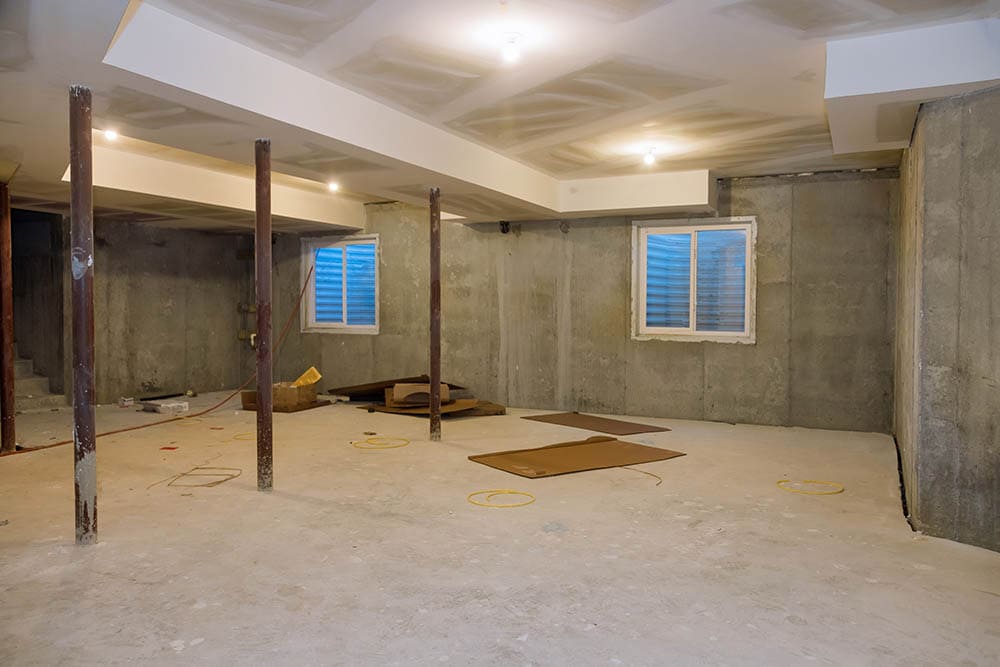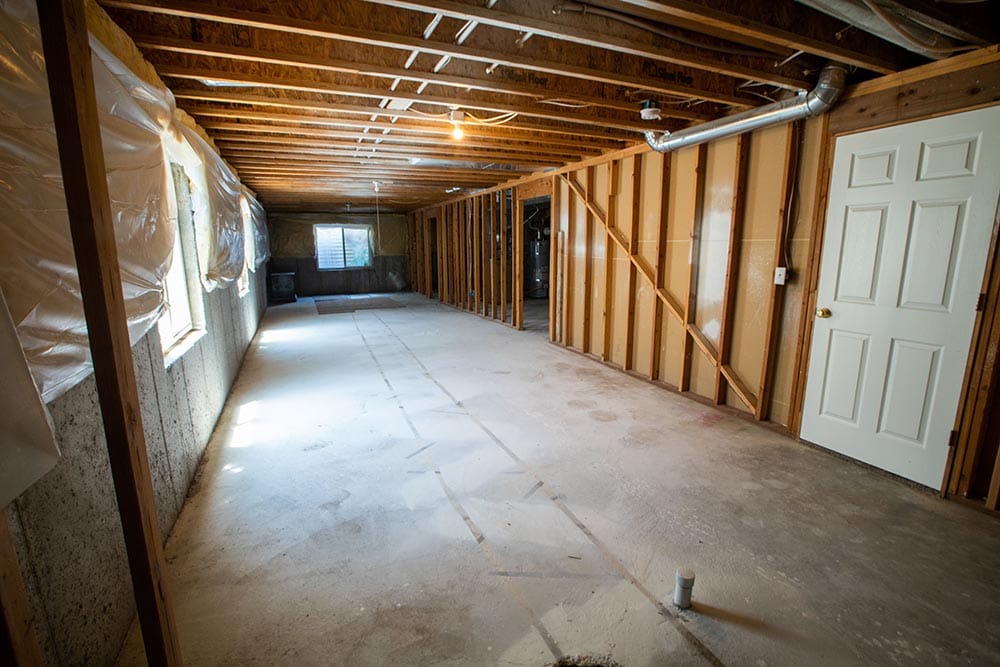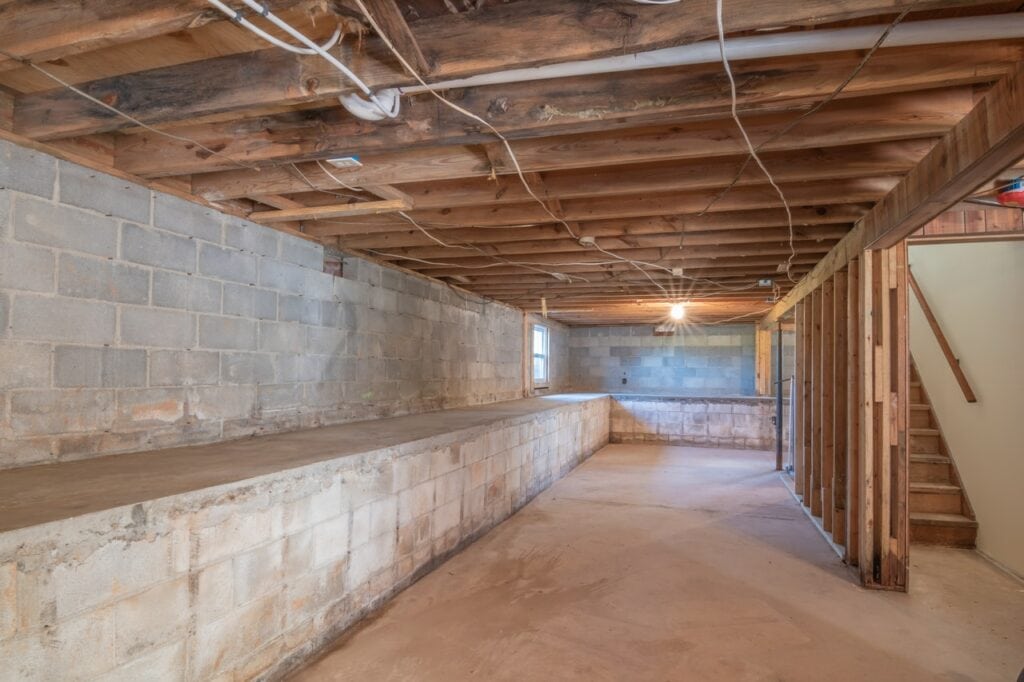Are Basements Included in Square Footage? Facts & FAQ
-

- Last updated:

If you’ve spent a decent amount of money on finishing your basement and making it look as cozy and welcoming as the rest of your property, you are probably counting on it being recognized in the square footage of the entire property. You may be surprised that in most states, basements don’t count in the square footage of a property, and there are good reasons for that. While there are some strict requirements that basements must meet, there are ways you can get your basement to count as the overall gross living area.
In the article below, you can find all the reasons that make a basement meet these requirements and ways to ensure you get the best value for your already finished and livable basements.

Is the Basement Included in the Overall Square Footage?
Basements are typically not included in the square footage of the property. There are specific requirements that a basement would have to meet to add up to the overall square footage. One thing that excludes the basement from this is being below ground level. Suppose your state doesn’t allow the basement to be included in the overall square footage of your property. That’s when you need to have ingress and egress—a door on one side of the basement that allows you to enter and exit into the yard.

When is the Basement Included in the Square Footage?
It Has Legal Ingress and Egress
One of the many safety issues around basements—especially if they’re made into a livable space—is being able to exit the area in the case of an emergency. If, for example, a fire breaks out, you need to have the ability to exit the basement safely, and that’s where ingress and egress come into play. A door leading to the yard means that your basement is a garden-level lot or a walk-out basement, making this area a legal and livable space.
Finished Basement
If you want your basement to add additional value to your property, it is essential to finish it to be the same quality as the rest of the house. That means that flooring, lighting, walls, and other features must maintain the same quality level thought the entire house, including the basement. Appraisers have a keen eye for these features and will appraise your property realistically, keeping in mind the finished basement.
It Is Above Ground-Level
A finished basement above ground level significantly differs from owning a basement below ground level regarding its value. In some MLS listings, there will be a breakdown of these two basements, although most buyers don’t look at these breakdowns but only the total gross living area. Sometimes, if the basement is only partially below ground level, the entire basement will be counted as below ground level.

It Has Conducted Heating
Since the heating is conducted throughout the entire house, and you are probably looking to finish your basement into a livable area, it must also have conducted heating. This requirement adds to the overall safety of the space, comfort, and livability.
Once you include all these factors into your basement and meet the essential criteria, you can discuss with your real estate agent and appraiser to count the basement into the total gross living area.
When Is the Basement Excluded From the Square Footage?
If the basement’s structure doesn’t include any of the above-listed features, the basement won’t count in the overall square footage of the property. Usually, the appraiser won’t count the basement in the home’s square footage if it doesn’t have conducted heating, legal ingress and egress, when it’s not finished and when it is partially or entirely below ground level.
Basement Square Footage and Added Home Value
A finished basement that meets the standard of certain buyers can drastically increase the value of your home, even when you don’t include it in the property’s square footage. When bringing an agent to appraise your property, having an additional room in your basement can significantly increase the property’s value. Don’t let the fact that most basements are not included in the square footage bring you down; when potential buyers catch a glimpse of that extra livable space, they will undoubtedly be willing to invest more.
Make sure to emphasize the work that’s been done on your basement, its size, and any special features. When listing your home, let the potential buyers know about the many possibilities of your basement; game room, movie room, home office, and more.

Final Thoughts
Now that you’ve learned when and how a finished basement adds to the gross living area of your property, you will know what to expect when putting your house on the market. The best thing you can do is research the requirements in your particular state to know what to expect. Hiring an appraiser to inspect your home will give you an insight into your basement’s value.
- Related Read: 16 Walkout Basement Ideas & Design Tips
Featured Image Credit: ungvar, Shutterstock
Contents

